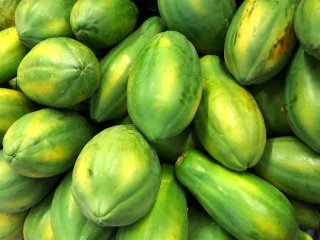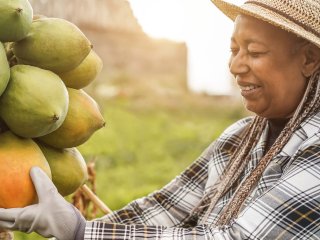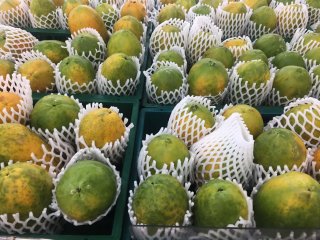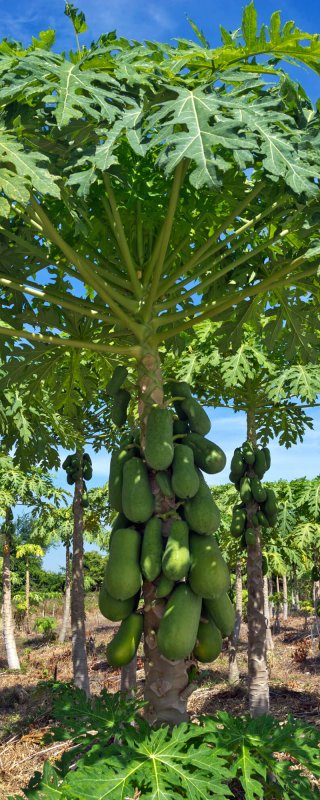
Harvest practices for papaya
Proper picking of papaya is a precondition to being successful in the rest of the supply chain. The performance of the pickers is therefore critical to deliver a good quality product. Fruit must be harvested by trained workers, ensuring uniform size and maturity within each shipment. Always avoid dirty or dusty fruit and handle all fruit gently. Harvesting and packaging are aligned with customer demand, selecting green fruit for salads and riper fruit for immediate consumption.
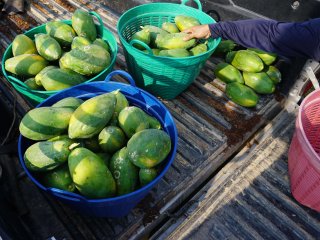
Harvest of papayas
Fruit is picked at specific ripening stages to meet customer demand and ensure quality. Careful selection of maturity is crucial for long-distance shipments. Well-trained pickers, sanitation, and clean materials are essential for a successful harvest process.
